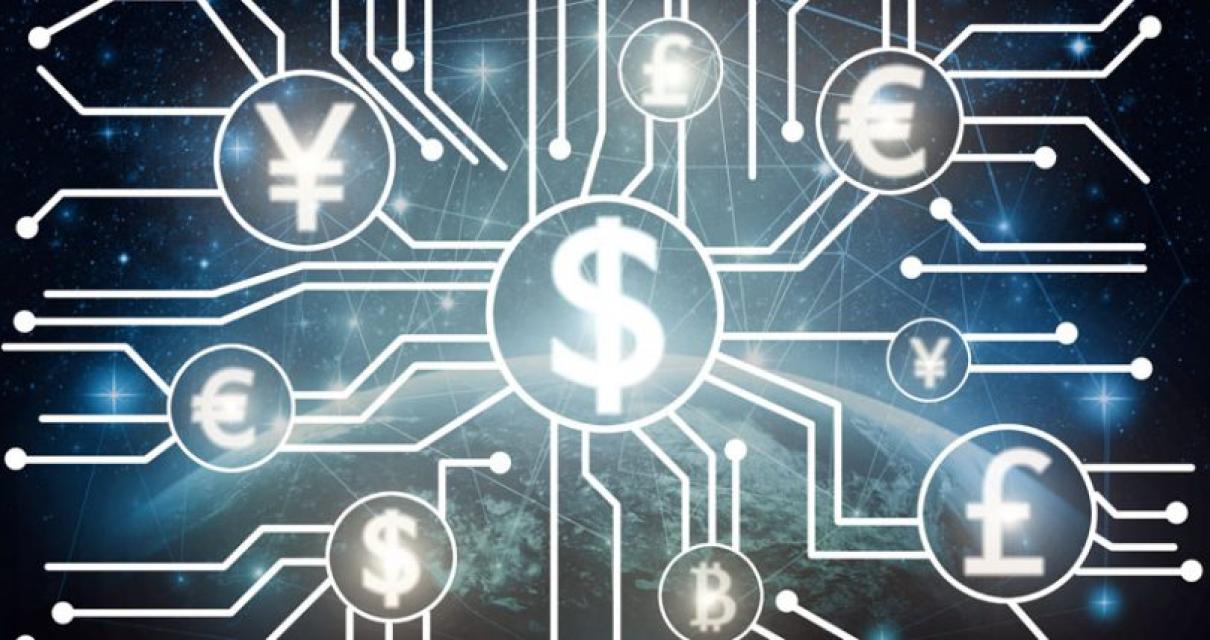The Benefits of Blockchain Payment
There are a number of benefits to using blockchain technology in payments. These include:
Security: Blockchain is a secure platform because it uses cryptography to protect data.
Transparency: Transactions on a blockchain are transparent, meaning everyone can see how much money is being spent and received.
Trusted: Because blockchain is a trusted platform, businesses can rely on it to secure their transactions.
Cost-effective: Blockchain payments are cheaper than traditional payment methods because they don’t require a third party to process the transaction.
Easy to use: Blockchain technology is easy to use because it doesn’t require any special software or knowledge.
There are also a number of potential applications for blockchain technology in the payments sector. These include:
Cross-border payments: Blockchain could be used to make cross-border payments more efficient and secure.
Payments for goods and services: Blockchain could be used to process payments for goods and services, including online and offline transactions.
The Future of Blockchain Payments
There is no doubt that blockchain technology has a lot of potential in the payments sector. This is especially true given the growth in the number of online and offline transactions.
As blockchain technology grows in popularity, we can expect to see more companies adopt it in their payments systems. This will likely lead to increased security, transparency, and cost-efficiency in the sector.
The Disadvantages of Blockchain Payment
One of the main disadvantages of blockchain payments is that it is not tamper-proof. This means that if someone tries to tamper with the blockchain payment system, they can potentially cause problems for the system and potentially disrupt the flow of payments. Additionally, blockchain payments can be slow and expensive, which can make them impractical for use in some situations.
The Risks of Blockchain Payment
There are a few key risks associated with using blockchain technology to make payments.
1. Limited scalability. Because blockchain is a distributed database, it can only handle a certain number of transactions per second. As the network grows, this limit can become a bottleneck.
2. Security risks. Blockchain technology is new and unproven, and there is still a risk that it could be hacked or stolen.
3. Fees. When making a payment with blockchain, you will likely have to pay a fee for the service. This can add up over time.
4. Volatility. The value of cryptocurrencies like bitcoin can fluctuate rapidly, which can make them difficult to use for everyday transactions.
The Future of Blockchain Payment
The future of blockchain payment is looking bright. With the increasing popularity of cryptocurrencies, there is a growing demand for blockchain-based payment solutions.
There are several companies that are working on developing blockchain-based payment solutions. Some of these companies are Ripple, BitPay, and Square.
Ripple is a company that is focused on developing blockchain-based payment solutions. It has developed a platform called xRapid that allows banks to make fast and efficient cross-border payments.
BitPay is another company that is focused on developing blockchain-based payment solutions. It is one of the largest providers of bitcoin payment processing services.
Square is a company that is focused on developing blockchain-based payment solutions. It is one of the largest providers of mobile payment services in the world.
The future of blockchain payment looks very bright. These companies are working hard to develop innovative blockchain-based payment solutions that will revolutionize the way we pay for goods and services.

How Does Blockchain Payment Work?
Blockchain is a distributed database that enables secure, transparent and tamper-proof transactions. The blockchain network creates a public record of all cryptocurrency transactions. Each user has a copy of the blockchain, which is constantly growing as “completed” blocks are added to it with a new set of recordings.
When a user wants to make a payment, they send cryptocurrency to the recipient’s address on the blockchain. The recipient then uses their copy of the blockchain to verify the transaction and add it to their own copy. Once the transaction is complete, the blockchain network creates a new block that contains the information about the payment and the new balances of both users.
What is the Difference Between Blockchain Payment and Traditional Payment?
Blockchain payment is a digital payment system that uses cryptography to secure the transactions and to control the creation of new units of currency. The traditional payment system involves the transfer of money from one bank account to another.